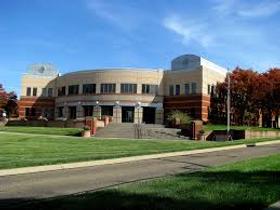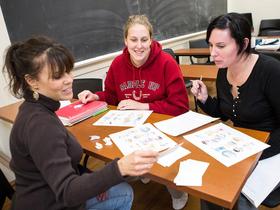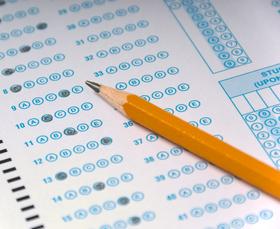Education is frequently touted as the great equalizer in today’s society, but a number of educators are now suggesting the education system may not be doing its job in effectively reducing disparities. Recent studies also seem to support these claims, offering evidence in the form of standardized test scores and college completion rates that suggest all things may not be created equal in the world of academia today. Does higher education at community colleges perpetuate this inequality, or is it the solution today’s society needs to reduce concerning disparities? The answer to that question may be yes on both counts.
In this video, Dr. Pedro Noguera discusses the role of community colleges in reducing racial inequality in education.
Colleges Increasing Access, Not Completion Rates
Inequality does not appear to be a result of restricted access to higher education opportunities. Since the recession, students have been heading to institutions of higher education in droves, whether to train for a new career or launch a successful field of study right out of high school. The increased enrollment at community colleges, in particular, has broadened the field to students from all economic and cultural backgrounds, guaranteeing a more diverse student body at many institutions across the country.
Unfortunately, the increased access to community colleges does not necessarily lead to higher completion rates. In fact, graduation rates at many community colleges are downright dismal – with less than two-fifths of students that start in these schools going on to complete a degree program in six years or less, according to the Chronicle of Higher Education. The success rate goes even lower when the numbers are restricted to low-income or minority students.
Stanford Research Examines Test Scores
A number of fairly recent studies have indicated the gap between rich and poor is widening all the way up the academic ladder. While it is no secret that students coming from wealthy families tend to perform better in school, what is concerning is the fact that the inequality actually seems to be getting worse, rather than stabilizing. According to Sean Reardon, an associate professor of education at Stanford, the gap has steadily grown over the past 50 years, according to his research.
“We had expected the relationship between family income and children’s test scores to be pretty stable over time,” Reardon told the Stanford University News. “But the fact that the gap has grown substantially, especially in the last 25 years, was quite surprising, striking, and troubling.”
Reardon’s research involved the study of student test scores beginning in 1960 through 2007. Twelve data sets were used to compare families in the 90th income percentile to those in the 10th income percentile. Reardon discovered that the gap between the two widened by as much as 40 percent throughout that time frame. Today, the income gap is near twice the gap in test scores between black and white students.
Michigan Study Finds Gap Continues in College
Another study conducted at the University of Michigan found the gap continues to be problematic all the way through the college years. In this study, Susan M. Dynarski and Martha J. Bailey examined two generations of students: one born between 1961 and 1964 and the other between 1979 and 1982. The research found that college completion rates went up between the two groups for both the high and low-income students. However, rates went up at a much faster rate for the wealthier students, indicating a broadening gap in college completion between the two demographics.
According to the New York Times, one-third of the first generation of students in the high-income group had completed college by 1987. Five percent of low-income students in the first generation had completed college during the same time frame. The second generation saw more college completions in the high-income bracket, with more than one-half of the students completing postsecondary school by 2007. Low-income students made very little improvement, from five percent to seven percent during that same time frame.
The Important Role of Community Colleges
Access to institutions of higher education has indeed increased, with many students flocking to community college from high school or the professional realm. As community colleges take on a more prominent role in the education of the future workforce, their educational quality comes under closer scrutiny as well. The Chronicle of Higher Education calls the availability of community colleges “crucial,” even while citing dismal completion rates that indicate these institutions are not doing their job as effectively as they could.
On the one hand, the influx of low-income students has been a bane for community colleges from coast to coast. These institutions pride themselves on bringing opportunities in higher education to those who might not otherwise have had those opportunities. However, with the ability to attract students from all social circles comes the need to provide those students with the necessary tools for success – a job that community colleges are still endeavoring to master.
In this TEDx Talk, Anthony Jack's talk is entitled "On Diversity: Access Ain't Inclusion."
According to a second report in the Chronicle of Education, low-income students bring a host of unique needs with them. These students do not have access to many of the resources their wealthier peers tend to take for granted. Many of these students are also first-generation college students in their families, so they do not have the advantage of experience from family members to fall back on as they enter the rigors of higher education. Lower expectations may also cloud the efforts of these students to achieve their goals.
The good news is that there is hope rising among community colleges today. The Chronicle reports that in the past decade, a growing body of research is leading these schools in the right direction. By addressing the specific needs of low-income students, providing the necessary resources, and focusing on improvement of completion rates, these schools may become the equalizer in education that they were meant to be.
Questions? Contact us on Facebook. @communitycollegereview




















































































